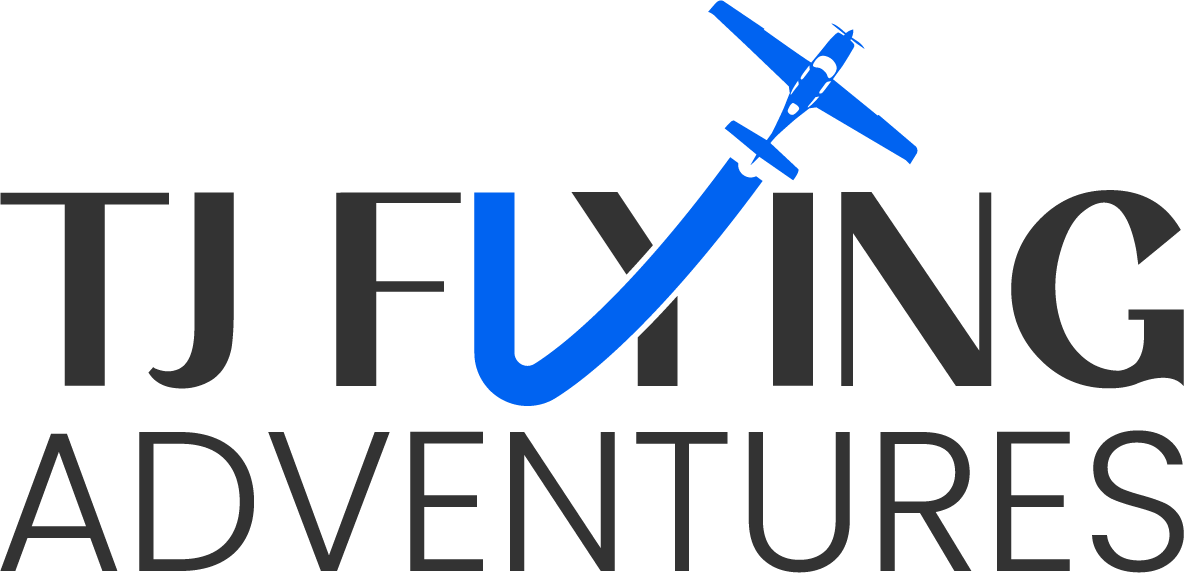Shaking Off the Rust / Test Flight
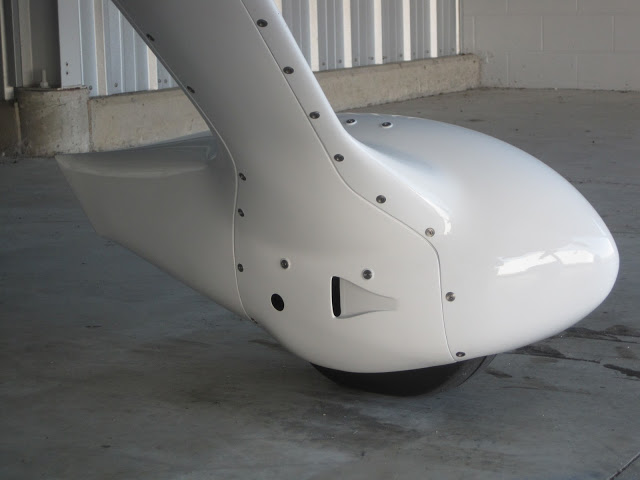
Last week I returned from China and was planning to go a for a joyride with a fellow pilot named Ron, who was visiting town from Atlanta. This flight was a multi-purpose mission: First, and most important, I wanted to “shake off the rust” after 2 1/2 weeks of zero hours in the logbook. Second, […]
Migration 9 Trip Summary
I have finally arrived in Colorado Springs and the journey was quite amazing! It is hard to summarize a 4200 mile trip. (But here goes…) Some of it what was “as expected ” ; Some of it reinforced how flexible you need to be on a journey like this. Between weather, customs formalities, spotty radar, […]
White Plains and NYC Skyline
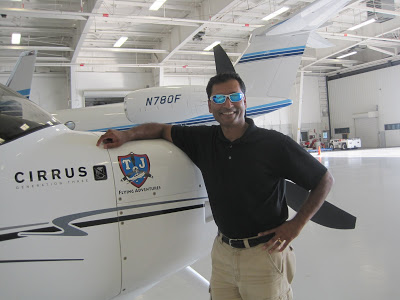
I spent this week in NY, specifically in White Plains, which is just on the northern edge of the New York Class B airspace frenzy. But more importantly, it is also the home of IBM Flight Operations. The IBM fleet consists of a number of aircraft, including Gulfstream 550s, Falcon 200s and even helicopters. As […]
Long X-Country, Weather and State #38 (AZ)
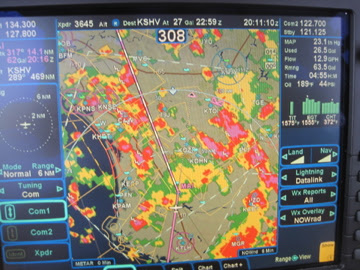
This weekend I had a long cross country flight planned. The destination was Sedona, AZ, which is a very famous airport for pilots. According to the Sedona Airport website, they claim to be “America’s Most Scenic Airport”. It is also sometimes referred to as the “USS Sedona” because it feels like landing on an aircraft carrier. […]
Scenic Trip to Cedar Key
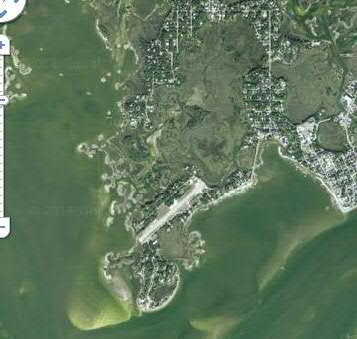
This morning I woke up and looked outside to find typical weather for FL. Sunshine as far you could see ; Clear blue sky ; AND a perfect day to go flying! After my recent CPPP training, I have been sufficiently brainwashed into treating every flight as an opportunity to practice something. So this morning, I […]
Bahamas Practice Flight
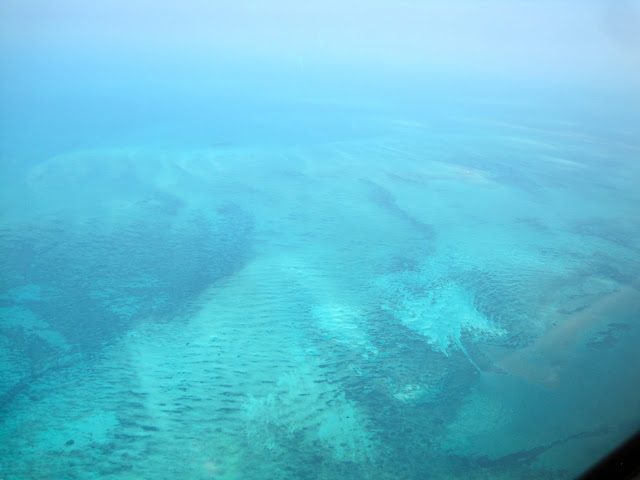
My international radio license arrived yesterday in the mail. Earlier in the week, I saw online that it had been approved. But didn’t get the official paper in the mail till yesterday. That meant that today was the day for the long overdue Bahamas flight!! It was really perfect timing because the plane is going […]
Photo Opps And Dodging Airspace
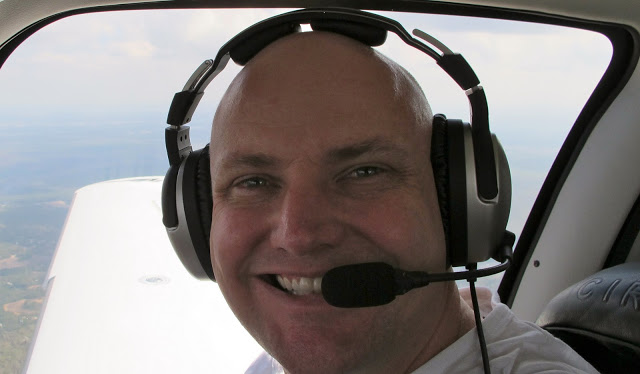
Today was one of those traditional $100 hamburger days. An IBM colleague of mine (Richard) was visiting from Spain. He has heard me rave about flying for years and I thought today was the perfect day to show him firsthand. The plan was either to fly to Key West or Palm Beach, both of which […]
Heading Home VFR
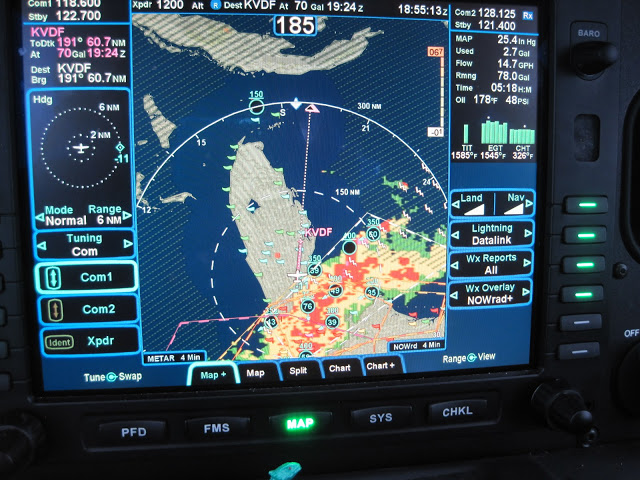
Today the weather in Houston was not bad… But the weather forecast along my route home and in FL was downright ugly. Fortunately, PIREPS showed a lot of the weather did not have very high tops along my route. So my plan was to depart VFR, climb up to 17.5k and if needed get an […]
Trip To TX
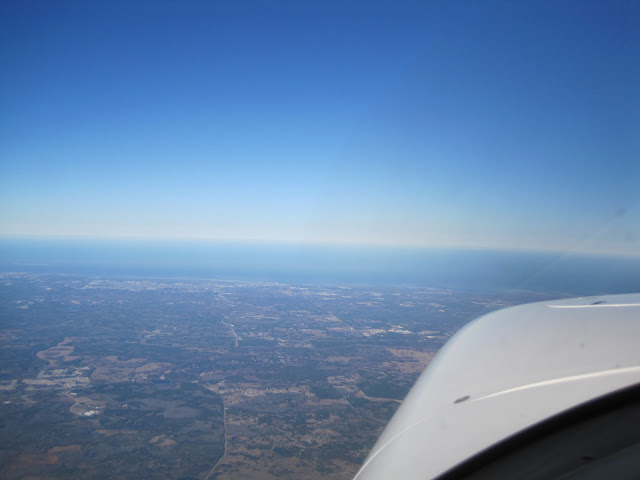
The trip to Houston this past Sunday happened “almost” as planned. On the one hand, it reaffirmed my flight planning/route selection process. But on the other hand, it reinforced the need for flexible plans enroute. when I was getting ready to depart, I thought the weather was “perfect”. Shortly after takeoff the visibility (and views) […]
Sunrise Flight to Miami
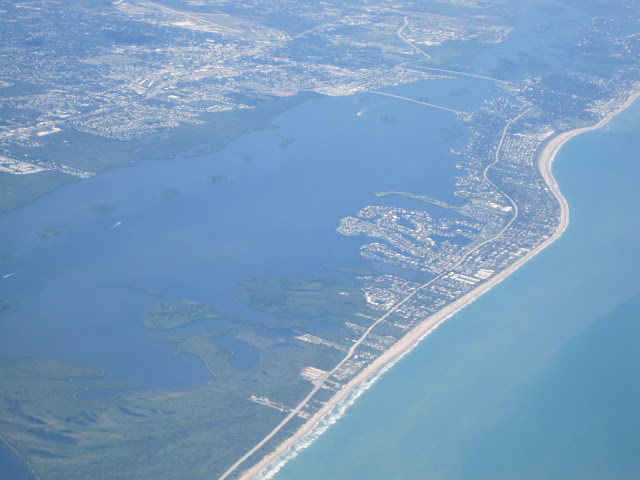
While I am not a huge fan of night flying, I do love departing in the dark and being airborne for sunrise. The ride is usually smooth, clear and best of all, so “empty” that ATC will usually grant any “crazy” routing I come up with. Today was no exception. After an uneventful pre-flight (in […]
